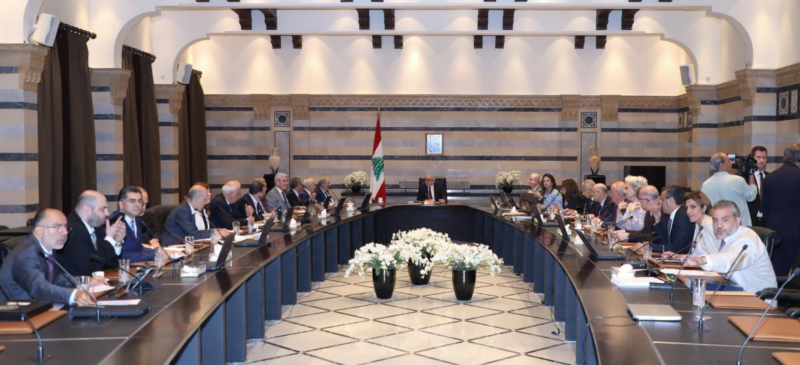According to a 2011 survey by the Ministry, the area of maritime public properties was estimated to be around 4.9 million square meters. However, a new study anticipates a significant expansion of this figure, potentially reaching between 6.7 to 7 million square meters
Over the years, the term "maritime public properties" has echoed in the ears of Lebanese citizens, often accompanied by the phrase "necessary violations." It evokes a recurring motif, akin to the closing lines of classical Arabic poetry, where offenses seem inevitable each time public property—especially maritime ones—is mentioned. In this context, the "poetic necessity" that aims to captivate the listener takes on connotations of corruption, nepotism, mismanagement, neglect, and chaos when it comes to state assets. The more we investigate, the longer the list of descriptors becomes.
However, despite these persistent concerns, there's a unanimous consensus among Lebanese people, across various backgrounds, in their trust in the military institution. Known for its professionalism, impartiality, accuracy, and credibility, the military is now tasked with undertaking a comprehensive inventory of maritime public properties and illegal occupations, pro bono. This initiative is a result of a memorandum of understanding between the Ministry of Public Works and Transport and the army command.
Encroachments Stretch Over Thousands of Meters: A Concerning Headline
In a significant statement, Ali Hamieh, the Minister of Public Works and Transport, praised the Lebanese army's role and revealed details of a pivotal investigation. The specialized Directorate of Geographic Affairs will be in charge of identifying maritime public properties, thereby ending any ambiguity regarding state vs. private ownership.
During a press conference, the Minister elaborated that this survey will not just limit itself to demarcating maritime properties but will also include the identification of adjacent private properties, classifying ongoing violations, specifying the nature of usages, measuring the exact extent of encroachments, and designating the responsible entities.
Half the Territory Marred by Illegal Occupations: An Alarming Revelation
According to a 2011 survey by the Ministry, the area of maritime public properties was estimated to be around 4.9 million square meters. However, a new study anticipates a significant expansion of this figure, potentially reaching between 6.7 to 7 million square meters. Previous findings also revealed that about 2.5 million square meters of these areas are currently occupied based on individual and institutional decrees and permissions. Still, approximately 50% of the total area remains subject to encroachments and violations.
The Study's Mission Under the Spotlight: Understanding the Objectives
The survey on maritime public properties serves as a valuable data source. It not only exposes illegal encroachments but also highlights legal occupations that are often undervalued compared to their true worth. This allows the state to adjust tariffs and take actions to reclaim encroached lands or impose significant fines.
Accelerated Licensing Procedures: A Concern
Despite the complex landscape, the frenzy of issuing licenses shows no sign of slowing down. Researcher Tafili warned Minister Hamieh about the risks of granting occupation permits under such circumstances, citing a lack of adequate oversight mechanisms. In most cases, who can guarantee that an initially approved occupation area of 80,000 square meters won't extend to 100,000 square meters? Essentially, no one, because supervision is lacking.
The Use of Public Resources Under the Spotlight: A Look into the Exploitation of Common Goods
Given its scale, the current inventory raises concerns about a possible hidden agenda of the state, affecting all realms of public property. Two camps are at odds over this prickly issue: one calls for canceling the debts of banks to the Central Bank of Lebanon, estimated at at least $72 billion, while the other advocates for the creation of a sovereign fund to manage the majority of state assets and properties prudently.
 Politics
Politics















